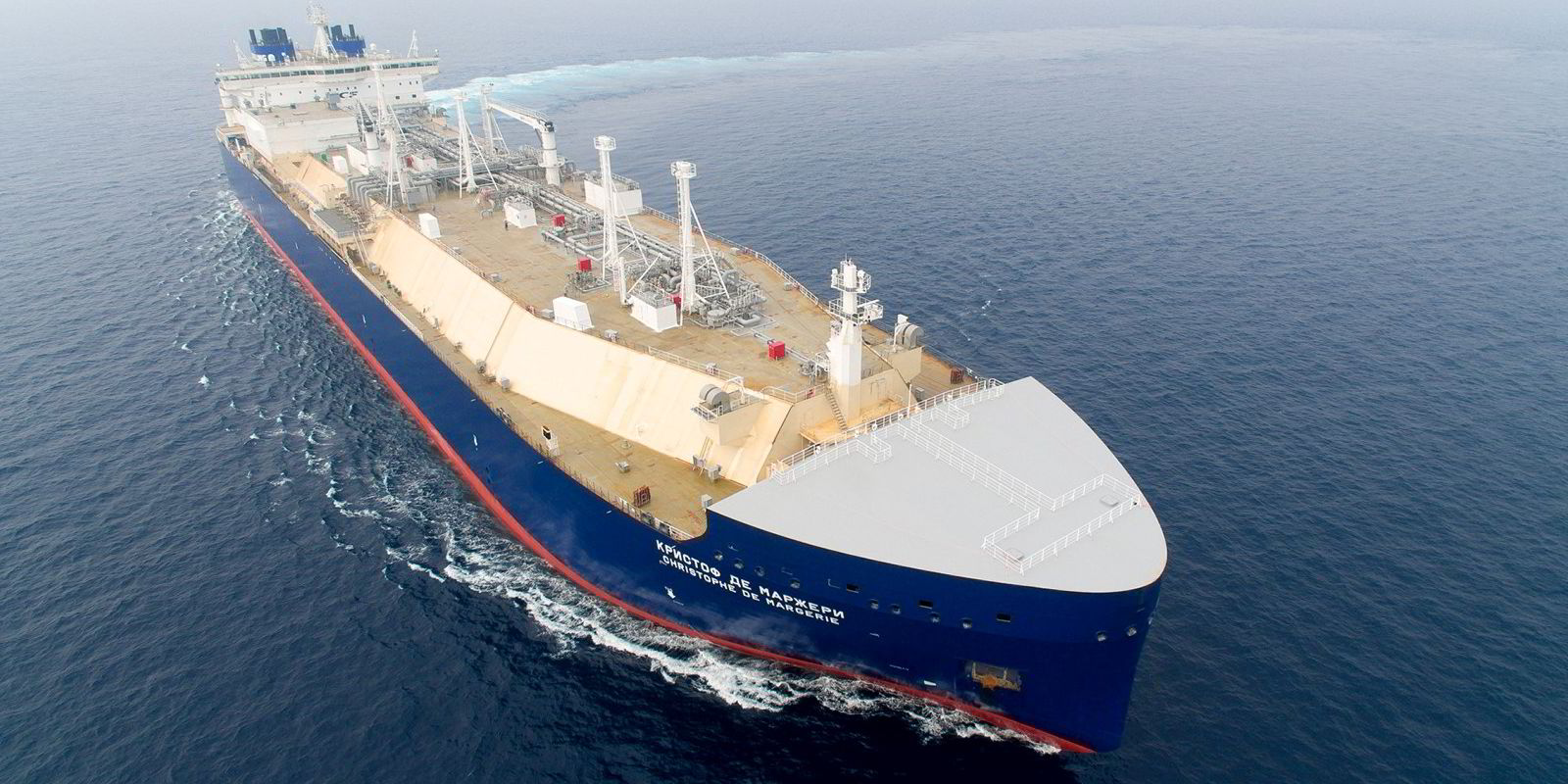European nations are struggling to find an agreed level for the Russian oil price cap, less than two weeks before it is due to come into force.
The scheme would allow G7 and European shipowners, insurers and financiers to export Russian crude to third countries if it is below an agreed price cap.
But the level of the cap has proved to be contentious. Major shipping nations, such as Greece and Cyprus, are arguing for the cap to be as high as possible, while countries pushing hardest to restrict Russian revenues want it as low as $30, according to reports.
A compromise has emerged around $65 a barrel, substantially higher than the estimated production costs of $12 to $20, and $2 above the current level of trading, said Nicolai Hansteen, chief shipping analyst at broker Lorentzen and Co.
The level had been expected to be announced as early as Wednesday this week, but the disputes have delayed it.
Ukrainian President Volodymyr Zelenskyy pushed on Friday for the cap to be $30.
“The price cuts are very important. We hear about $60 or $70. Such words sound more like a concession,” he told a conference in Lithuania by video link.
“But I’m very grateful to our Baltic and Polish colleagues for their proposals, quite reasonable ones, to set this cap at $30 per barrel. It’s a much better idea,” he said, according to Reuters.
Policymakers face the difficult task of trying to penalise Russia for its invasion of Ukraine, while keeping oil flowing from the world’s second-largest exporter to keep global prices down.
Many mainstream owners have already shunned Russian cargoes, and carriers such as Maersk Tankers have said they have no plans to move price-capped oil. Others are understood to be awaiting the price cap announcement before considering their next moves.
The Kremlin has said it will refuse to deal with countries that impose a cap, but, in a hint at a possible change of view, a spokesman said this week that all the numbers would have to be analysed.
The cap will be brought in alongside the European Union’s ban on Russian crude seaborne imports on 5 December.
Crude from Russia still comprises up to one-fifth of EU imports, and new suppliers are needed for about 5.5m tonnes per month, said shipowner body Bimco’s chief shipping analyst Niels Rasmussen.

Moscow has also been forced to find alternative buyers in a move that has boosted suezmaxes, which have gone from exporting one-quarter of Russian crude to about 40%, according to Bimco.
Aframaxes have lost market share.
“The final structure of the oil price cap currently being discussed amongst EU, USA and their allies could end up restricting exports as well as the availability of shipping capacity,” Rasmussen said.
Owing to the longer voyages, VLCCs are carrying 10% of oil into the EU, double the amount at the start of the year. Suezmaxes have also benefited from the shift.
“All in all, average haul for crude tankers is increasing and will increase further once the ban takes effect,” Rasmussen said.





